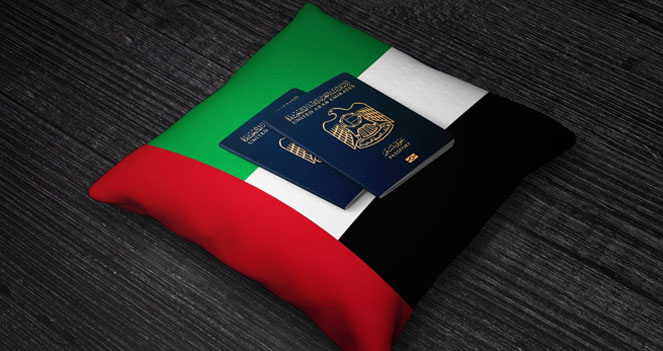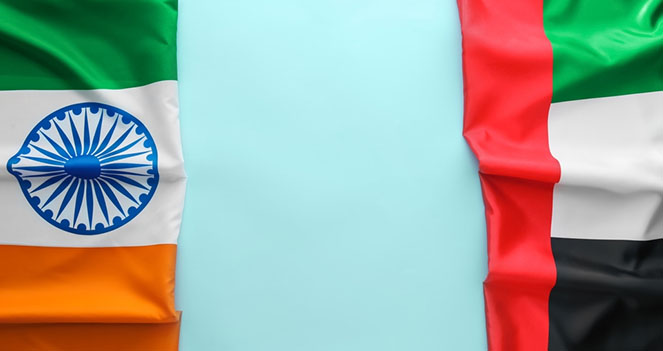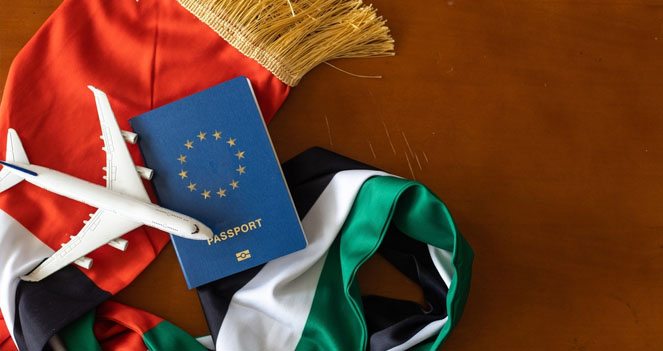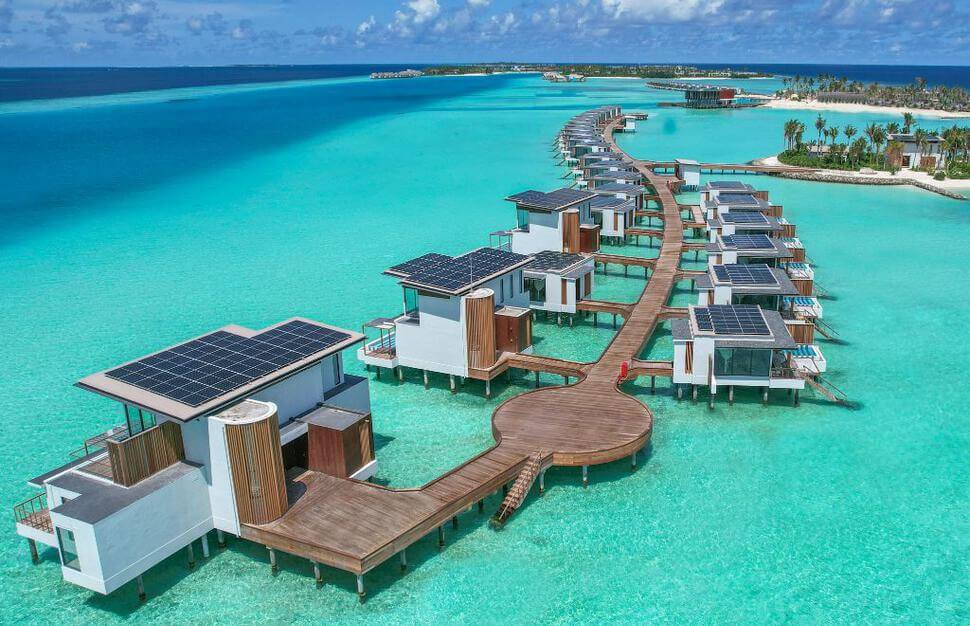Have you ever wondered what you would do in a beautiful environment with endless sand beaches, clear waterways, and lavish treatment? Many individuals may likely believe it is impossible to visit such a location. The Maldives, a collection of more than 2,000 tiny coral islands, is your ticket to heaven on earth, though such a place does exist. While it is a fantastic location for rest and renewal, adventure and adrenaline seekers won't be let down either. So why stay put when there are so many enjoyable things to do in the Maldives?
Snorkelling
The Maldives' stunning oceans and an astounding variety of marine life are among its main draws. The Maldives is one of the most incredible spots for snorkelling because of its magnificent flora and fauna. The Maldives are a collection of islands in the Indian Ocean to the south of India that make for an incredible snorkelling location. Hard corals, including a variety of table, finger, staghorn, boulder, lobe, and brain corals, make up the majority of the reefs in the Maldives' waters.
A staggering variety of fish and other aquatic animals can also be seen, including anemonefish, colourful giant clams, blacktip and whitetip reef sharks, hawksbill turtles, whale sharks, eagle rays, huge schools of brilliant fusiliers, clown triggerfish, butterflyfish, bannerfish, and different species of octopus.
Fun Tubing
The perfect time to get beyond your comfort zone and attempt wacky and trending things worldwide is when you are on a Fun Tubing Vacation. One of the strangest things to do in the Maldives is fun tubing. Do you enjoy experiencing high of speed (say, slightly faster than normal speed) and adventure? There's fun tubing for you. A rollercoaster trip into the stunning, undeveloped water theme parks of the Maldives is what tubing is like. You will be towed over the sea at great speeds as you fly over the waves in an unpowered, inflatable tube.
Parasailing
If you want to have a thrilling experience, paragliding is a must. A wonderful experience is flying through the air while feeling the sea wind on your face. Here, a motorboat gliding through the air at an incredible speed is towing a person wearing an open parachute down.
Aquatic skiing
Water skiing is one of the most simple and entertaining water sports in the Maldives. There are two ways to water ski: one involves being towed behind a boat, and the other involves installing a cable ski on the water. Numerous lifeguards are on duty along the coast, making this a safe activity.
Fishing
Fishing is a popular water sport in the Maldives due to the abundance of marine life there. In the Maldives, there are two different styles of fishing: night fishing and morning fishing. Morning fishing often referred to as "big games fishing," is easy since large exotic fishes like sailfish, marlin, barracuda, yellowfin tuna, wahoo, and swordfish are readily available near the reefs surrounding atoll enclosures. Fishing at night is thrilling because of the picturesque surroundings and starry sky. Emperors, snappers, squirrel fish, jacks, and other reef fish can be found.
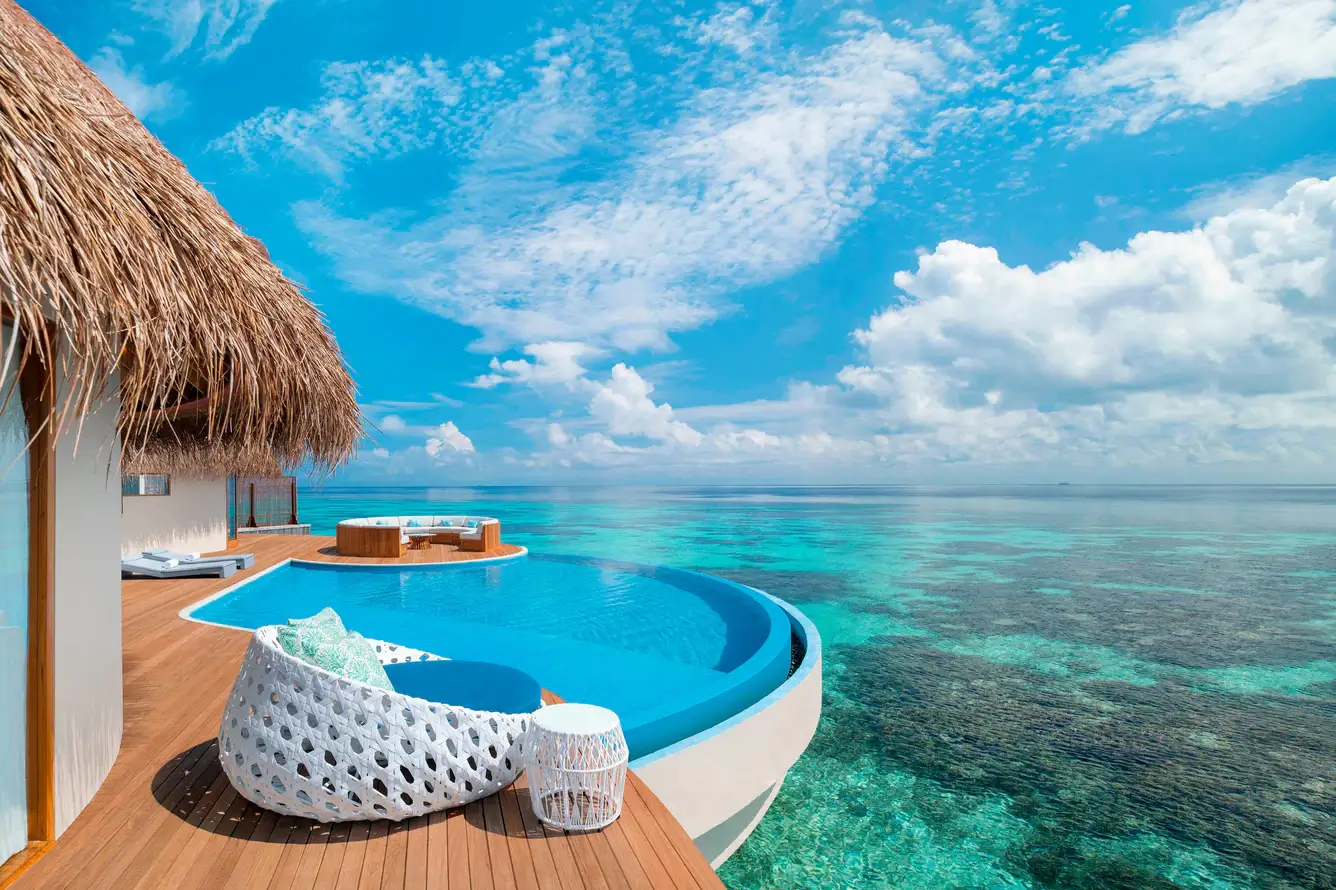


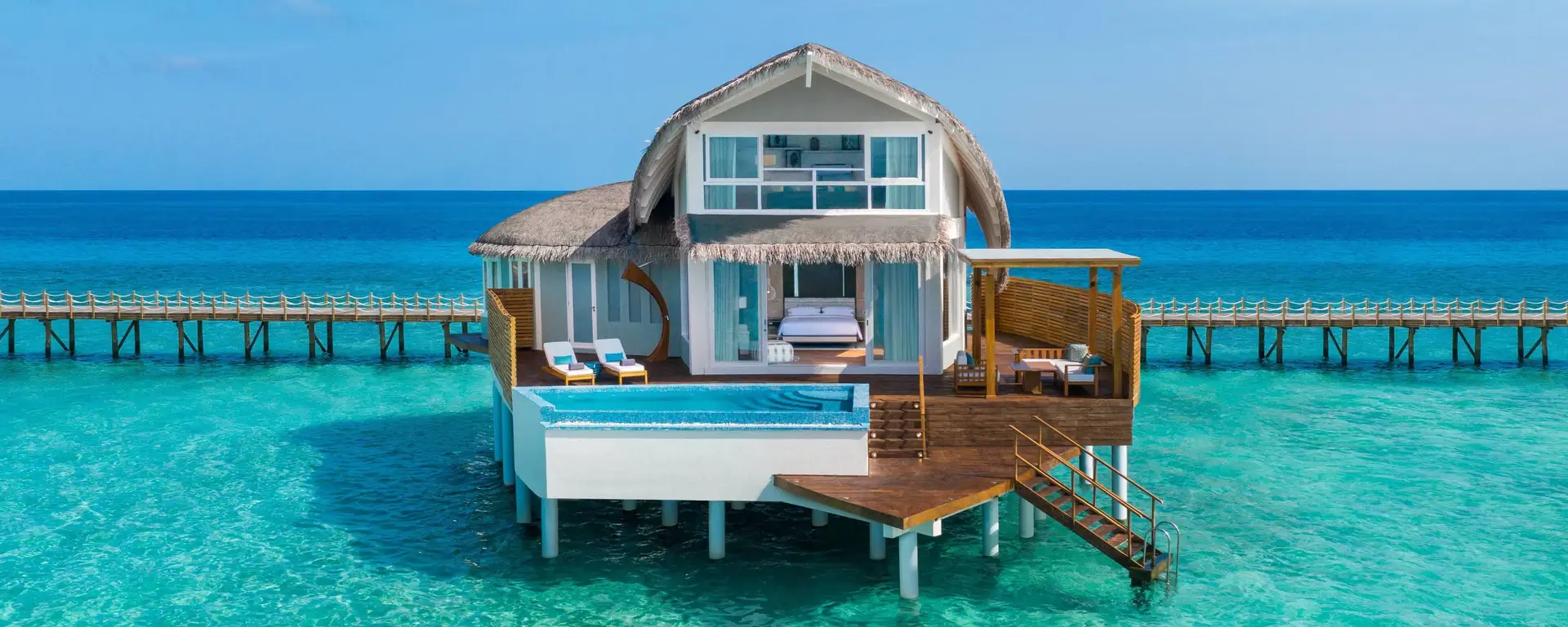
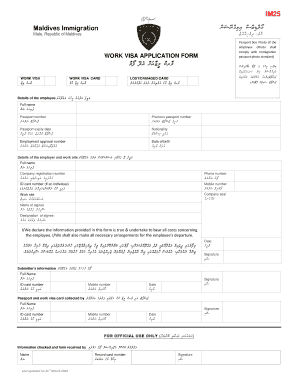
 Qatar
Qatar 

